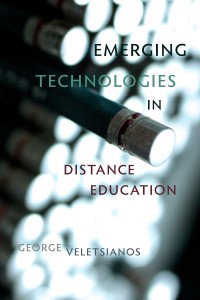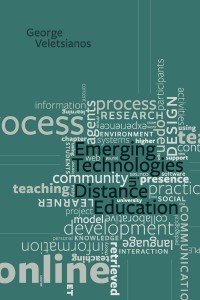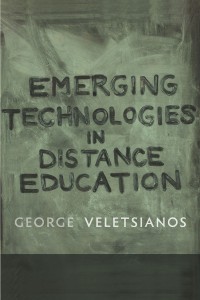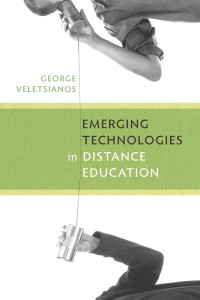George posted a note on elearnspace blog on developing a Measurement of Openness in Education Systems (MOES) to raise awareness and draw attention to openess, while at the same time providing a measure that allows discussions to ensue. George lists a number of measures to be included in a metric to openness and asks what else can be added to this. The following additions may be of interest:
- Adopting an institutional repository (or at the very least, supporting researchers in posting their publications on university-sponsored sites).
- Open access to the data behind publications (perhaps published concurrently)
- Open Tenure and Review applications, decisions, and data supporting them (see for example, Alec’s application)
- Open access to instructor, department, school, college, and university reviews (e.g., student course evaluations and institutional reviews/assessments)
More importantly however, in line with developing a Measurement of Openness in Education Systems (George’s phrase), we need to develop guidelines on becoming open thus forging a path to openness. As highlighted in the various discussions occurring at the moment surrounding “openness” (here, here, here, and here), the term and it’s meaning are somewhat mystified. To confuse you even more, I suggest that being open doesn’t necessarily mean being open, which I gather is the point behind Siemen’s latest posts. For example, having a university-wide statement on openness is not the same as adopting and actively supporting an institutional repository or providing incentives for instructors to teach open courses. I keep returning to the shades of gray idea: We usually treat issues as if they are black or white when in actuality they are not. There is no one single notion of closed, open, virtual, real, hybrid education, online learning, constructivism, and so on. There are multiple shades of gray in much the same way that there are multiple variations on constructivism, in much the same way that virtual experiences are quite real.
I am ranting… anyway, the point is that it would be beneficial to publish a document on steps to becoming more open, with each step representing a stronger stance to adopting openness. Such a document can align with the Measurement of Openness in Education Systems suggestion, highlighting relative positions on an openness scale.

< How’s that for an end of year post!? :) >











